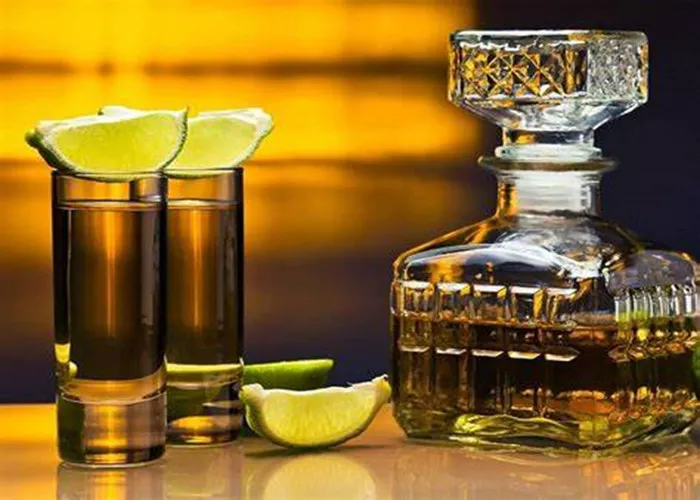What is Tequila?
Tequila is a distilled alcoholic beverage made primarily from the blue agave plant. It is produced in specific regions of Mexico, mainly in the state of Jalisco and some surrounding areas. Tequila has a rich history and a unique production process that gives it its distinct flavor and characteristics.
Blanco Tequila
1. Definition and Characteristics
Blanco tequila, also known as white tequila or plata tequila, is one of the main types of tequila.
It is unaged or minimally aged for a short period, usually less than two months.
Blanco tequila has a clear appearance and a fresh, intense flavor. It often has strong notes of agave, along with hints of citrus, pepper, and minerals.
2. Production Process
The production of blanco tequila begins with the harvesting of blue agave plants. The piñas (the heart of the agave) are cooked, mashed, and fermented.
After fermentation, the liquid is distilled to produce the tequila. For blanco tequila, there is no aging in wooden barrels, which gives it its clear and unadulterated flavor.
3. Flavor Profile
The flavor of blanco tequila is often described as bold and vibrant. It has a high level of agave sweetness and a spicy kick.
Some blanco tequilas may have a grassy or herbal undertone, while others may be more fruity or floral.
4. Uses and Pairings
Blanco tequila is a versatile spirit that can be enjoyed on its own or used in cocktails.
It is often served neat or on the rocks as a way to appreciate its pure flavor.
In cocktails, blanco tequila is a key ingredient in classics like the Margarita and the Paloma.
It pairs well with citrus fruits, spicy foods, and Mexican cuisine.
Silver Tequila
1. Definition and Characteristics
Silver tequila is another term used to refer to unaged tequila.
Like blanco tequila, it has a clear appearance and a fresh, clean taste.
Silver tequila is sometimes called “white gold” due to its shiny appearance.
2. Flavor Profile
The flavor of silver tequila is similar to blanco tequila, with strong agave notes and a hint of sweetness.
It may have a slightly smoother taste compared to some blanco tequilas, but the differences are often subtle.
3. Uses and Pairings
Silver tequila can be used in the same way as blanco tequila.
It is popular in cocktails and can also be enjoyed on its own.
It pairs well with a variety of foods, including seafood, salads, and light appetizers.
Similarities Between Blanco and Silver Tequila
1. Appearance
Both blanco tequila and silver tequila have a clear appearance. They are unaged and do not take on the color of wooden barrels.
2. Flavor Profile
They share a similar flavor profile, with strong agave notes and a fresh, intense taste.
Both types of tequila can have hints of citrus, pepper, and minerals.
3. Production Process
The production processes for blanco and silver tequila are largely the same.
They both involve harvesting blue agave, cooking, fermenting, and distilling.
There is no aging in wooden barrels for either type.
4. Uses
Both can be used in cocktails and are popular choices for making Margaritas, Palomas, and other classic tequila drinks.
They can also be enjoyed on their own, either neat or on the rocks.
See Also: Is Old Crow a Good Bourbon? A Detailed Exploration
Differences Between Blanco and Silver Tequila (If Any)
1. Terminology
While the terms “blanco” and “silver” are often used interchangeably, some people may perceive a slight difference in connotation.
“Blanco” is the Spanish word for white, while “silver” is an English term. However, this difference is mainly semantic and does not affect the actual product.
2. Brand Preferences
Conclusion
You might be interested


